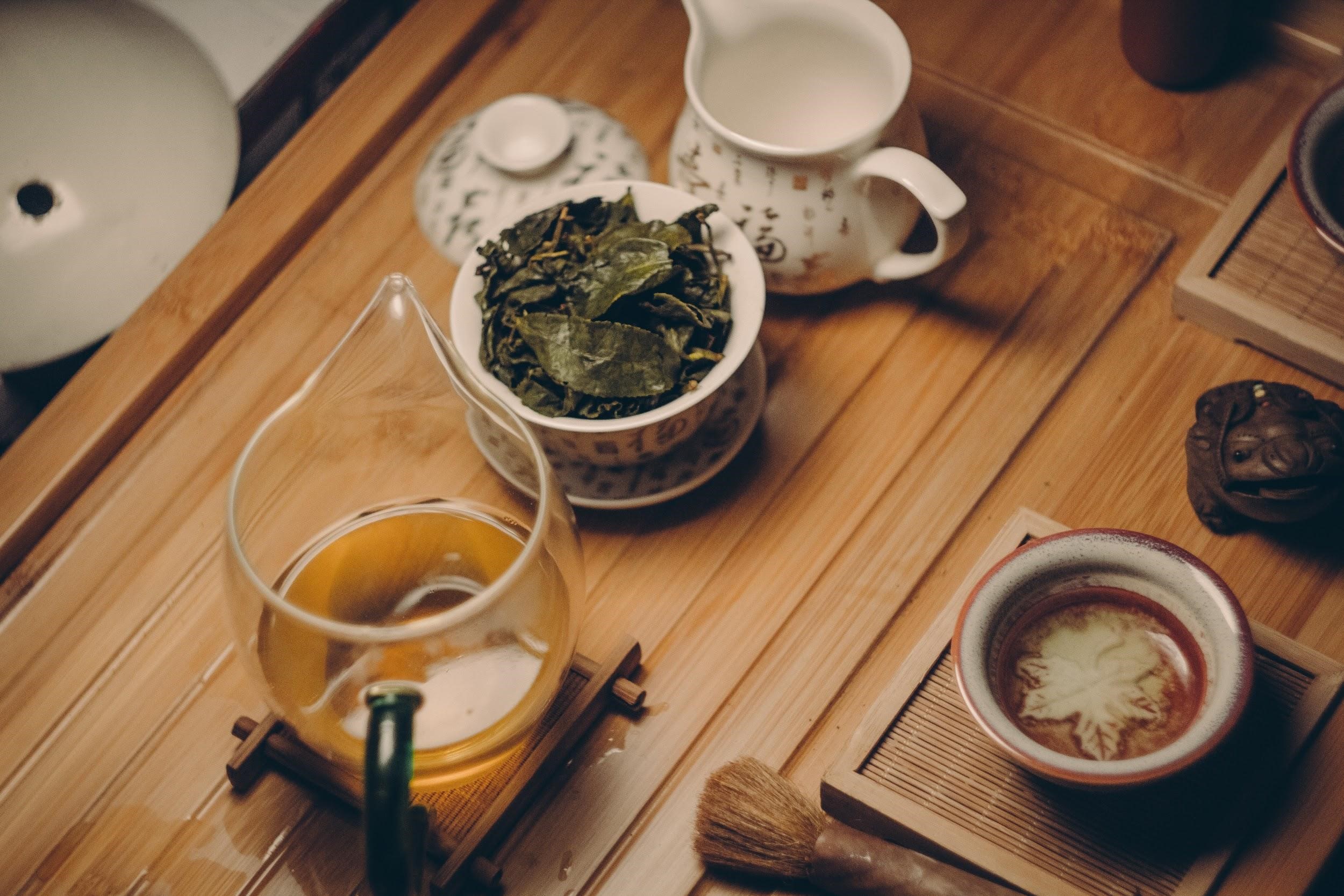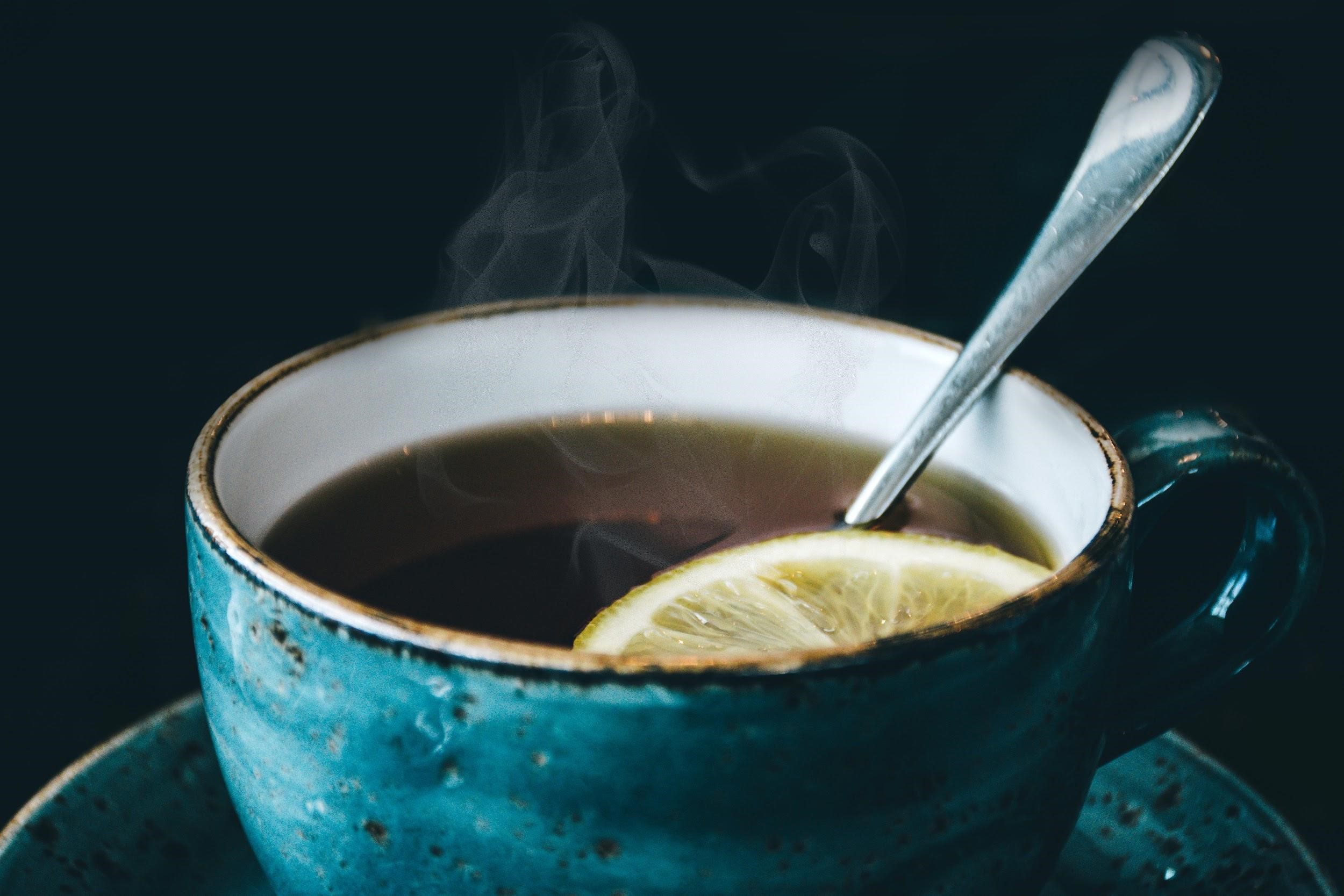Tea Varieties
All types of tea come from the same basic plant, the Camellia Sinensis plant. The differences between teas arise from processing, growing conditions, and geography.
The Camellia Sinensis plant is native to Asia, but is currently cultivated around the world in tropical and subtropical areas. With over 3,000 varieties, tea is the most consumed beverage in the world after water.
Tea can be divided into five basic categories: black, green, oolong, white, and puer.
Black Tea
Black tea is allowed to wither, which precedes a process called oxidation (sometimes incorrectly referred to as fermentation) during which water evaporates out of the leaf and the leaf absorbs more oxygen from the air. Black teas usually undergo full oxidation, and the results are the characteristic dark brown and black leaf, the typically more robust and pronounced flavors of black teas, and, when brewed appropriately, a higher caffeine content compared to other teas (50-65% of coffee, depending on the type and brewing technique).
Green Tea
Green tea is allowed to wither only slightly after being picked. Then the oxidation process is stopped very quickly by firing (rapidly heating) the leaves. Therefore, when brewed at lower temperatures and for less time, green teas tend to have less caffeine (10-30% of coffee). Greens also tend to produce more subtle flavors with many undertones and accents that connoisseurs treasure.
Oolong Tea
Oolong tea (also known as wulong tea) is allowed to undergo partial oxidation. These teas have a caffeine content between that of green teas and black teas. The flavor of oolong (wulong) teas is typically not as robust as blacks or as subtle as greens, but has its own extremely fragrant and intriguing tones. Oolongs (wulongs) are often compared to the taste and aroma of fresh flowers or fresh fruit.
History of Tea in India
Commercial production of tea in India began after the conquest of large areas by the British East India Company, at which point large tracts of land were converted for mass tea production. The widespread popularity of tea as a recreational drink began in earnest in the 1920s, after a successful advertising campaign by the Tea Board and several mass promotion drives by the Government, using railways stations as a base.
White Tea
White teas are the most delicate of all teas. They are appreciated for their subtlety, complexity, and natural sweetness. They are hand processed using the youngest shoots of the tea plant, with no oxidation. When brewed correctly, with a very low temperature and a short steeping time, white teas can produce low amounts of caffeine. Of course, steeping with hotter temperature and longer time will extract more caffeine. But by definition, white tea does not have less caffeine than other teas.
Puer Tea
Puer is an aged black tea from China prized for its medicinal properties and earthy flavor. It is perhaps the most mysterious of all tea. Until 1995 it was illegal to import it into the U.S., and the process of its production is a closely guarded state secret in China. It is very strong with an incredibly deep and rich flavor, and no bitterness, and an element that could best be described as almost peaty in flavor.

